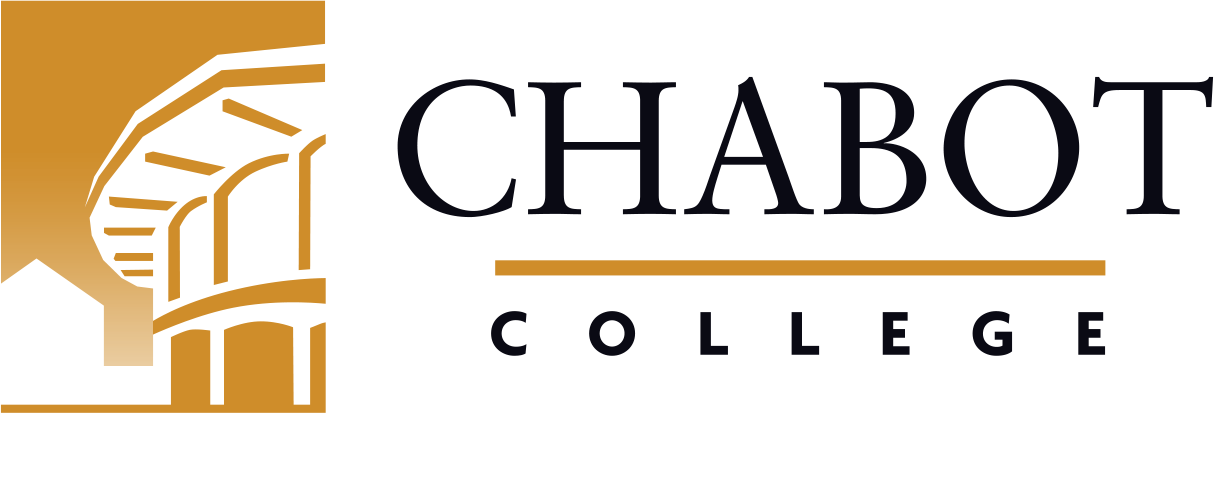
Course Outline for Dental Hygiene 75
Medical Emergencies
Effective: Fall 2022
SLO Rev: 09/12/2021
SLO Rev: 09/12/2021
Catalog Description:
DHYG 75 - Medical Emergencies
1.00 Units
Prevention, recognition and management of medical emergencies that occur in the dental setting. Utilization of patient interview, vitals and thorough review of medical history to identify patients with pre-existing conditions/risk levels. Discussion of protocols to reduce patient risk for medical emergency. Identification of medical emergency equipment, medications commonly used for prevention/treatment of a medical emergency.
Corequisite: DHYG 69B and DHYG 71B.
1240.20 - Dental Hygienist*
Letter Grade Only
| Type | Units | Inside of Class Hours | Outside of Class Hours | Total Student Learning Hours |
|---|---|---|---|---|
| Lecture | 1.00 | 18.00 | 36.00 | 54.00 |
| Total | 1.00 | 18.00 | 36.00 | 54.00 |
Measurable Objectives:
Upon completion of this course, the student should be able to:
- communicate effectively with the patient in order to obtain a thorough current medical history;
- evaluate the patient's physical health and recognize potential risks, take the necessary precautions, and evaluate the need for follow-up;
- recognize medications noting possible side effects and complications;
- recognize and articulate medical-legal considerations for evaluating patients' medical histories;
- develop emergency protocols utilizing a team approach;
- locate emergency kit(s), oxygen, and adjunct medical emergency equipment;
- utilize medical emergency equipment within the scope of practice;
- follow the stress reduction protocol for both the normal, healthy, anxious patient and the medical risk patient;
- develop and utilize a Medical Emergencies Outline for the following conditions:
a. unconsciousness, vasodepressor syncope, hyperventilation, and hypertension;
b. airway obstruction, asthma and acute adrenal insufficiency;
c. heart failure and acute pulmonary edema, chest pain and angina pectoris;
d. cerebral vascular accidents and seizures;
e. diabetes and thyroid gland dysfunction;
f. drug overdose and allergic reactions.
Course Content:
- Risk factors for medical emergencies
- Age, medical advances, increased drug use
- Prevention of medical emergencies
- Physical evaluations
- Recognition of dental fear and anxiety
- Stress reduction protocols
- Preparation for medical emergencies
- Emergency drugs and equipment
- Emergency drug kits
- Essential emergency drugs
- Dental office emergency team
- Medical-legal considerations
- Theories of liability
- Consent
- Standard of care during an emergency
- Prevention and preparation
- Defining an emergency
- Definition, predisposing factors, clinical manifestations, management, and prevention for:
- Unconsciousness
- Vasodepressor syncope
- Postural hypotension
- Acute adrenal insufficiency
- Respiratory distress
- Hyperventilation
- Airway obstructions
- Asthma
- Heart failure and acute pulmonary edema
- Altered consciousness
- Diabetes mellitus
- Hyperglycemia and hypoglycemia
- Thyroid gland dysfunction
- Cerebrovascular accident
- Seizures
- Partial seizure
- Absence seizure
- Tonic-clonic seizure
- Status epilepticus
- Drug related emergencies
- Drug overdose reactions
- Local anesthesia
- Epinephrine
- Allergy
- Chest pain
- Angina pectoris
- Acute myocardial infarction
- Cardiac arrest
- Adult patient
- Chain of survival
- Defibrilation
- Pediatric patient
- Basic management
- Basic Life Support
- CPR
Methods of Instruction:
- Lectures
- Presentation of audio-visual materials
- Class and group discussions
- Demonstration/Exercise
- Case Study
- Group Activities
- Online Assignments
- Distance Education
- Online distance learning CE assignments
Assignments and Methods of Evaluating Student Progress:
- Create a "Quick View" medical emergency guide for use in clinic
- Complete a scavenger hunt activity locating medical emergency equipment/instruction/policies in the dental clinic
- Create a medical emergency management plan based on a case scenario, identifying team medical emergency management duties related to clinic
- Complete a distance education CE course on adult and child medical emergencies
- Create a medical emergency kit list, including common drugs used in a ME and how they are used
- Complete medical emergency worksheets related to topics discussed in class
- Quizzes
- Midterm Examination
- Final Examination
- Projects
- Group Projects
- Online Assignments
Upon the completion of this course, the student should be able to:
- locate emergency kit(s), oxygen, and adjunct medical emergency equipment;
- create and implement an emergency action plan for the Chabot dental hygiene clinic;
- develop and present a medical emergency outline for the following conditions: unconsciousness, vasodepression, syncope, hyperventilation, hypertension, airway obstruction, asthma, acute adrenal insufficiency, heart failure, acute pulmonary edema, chest pain, angina pectoris, cerebral vascular incident, seizures, diabetes, thyroid gland dysfunction, drug overdose and allergic reactions;
- identify signs and symptoms for and discuss treatment and prevention for the following condition categories: unconsciousness, respiratory distress, altered consciousness, seizures, drug related emergencies, chest pain and cardiac arrest.
Textbooks (Typical):
- Malamed, Stanley (2015). Medical Emergencies in the Dental Office (7th). Elsevier/Mosby.
Abbreviated Class Schedule Description:
Prevention, recognition and management of medical emergencies that occur in the dental setting.
Corequisite: DHYG 69B and DHYG 71B.